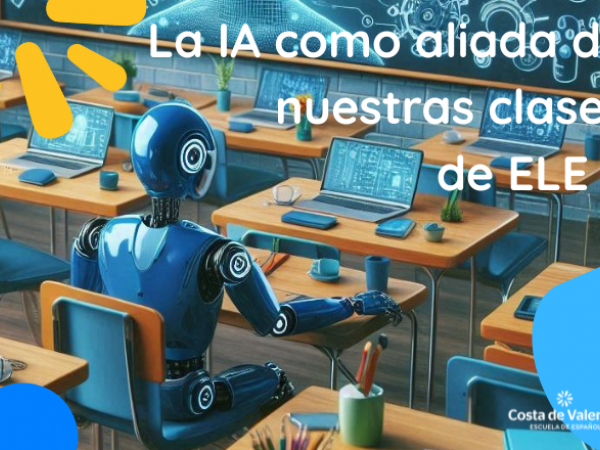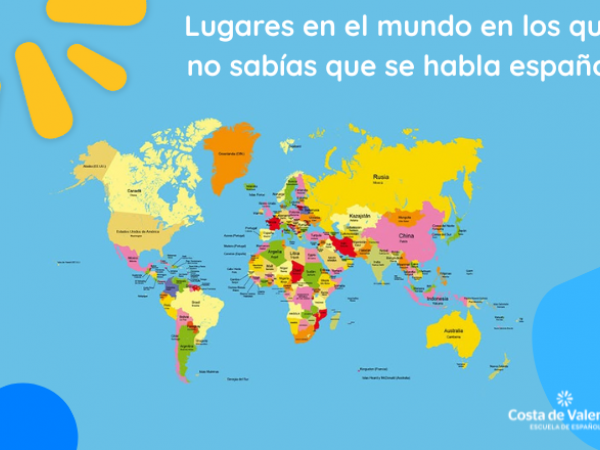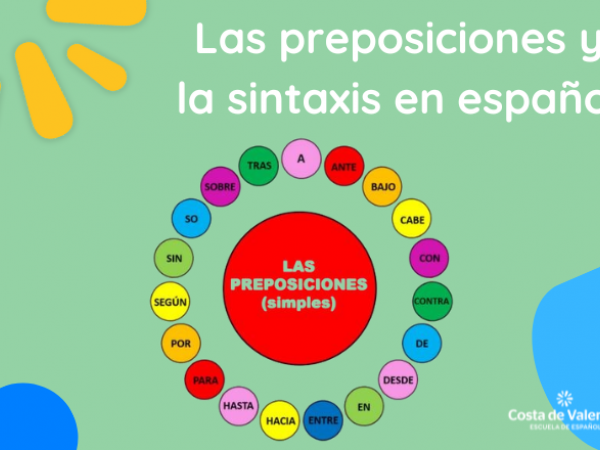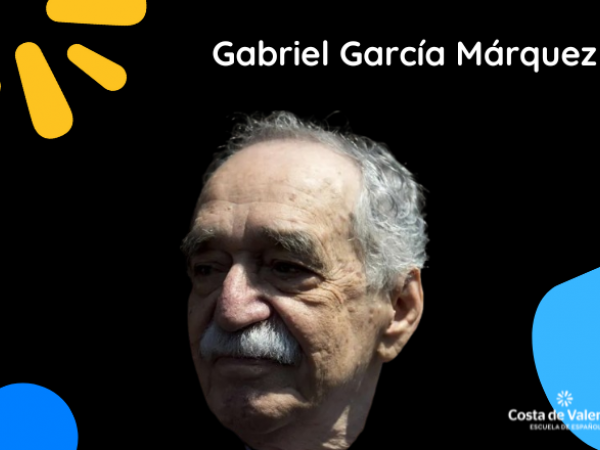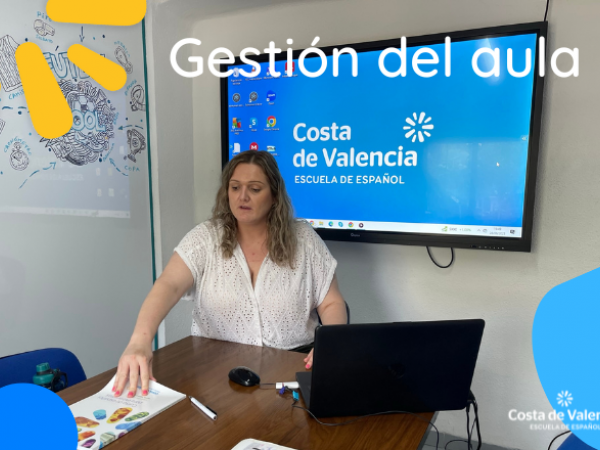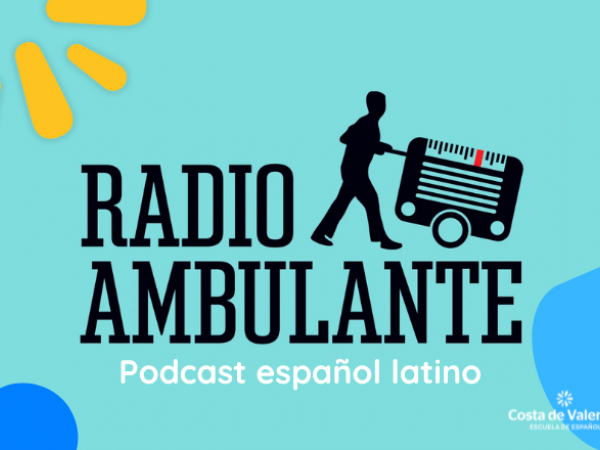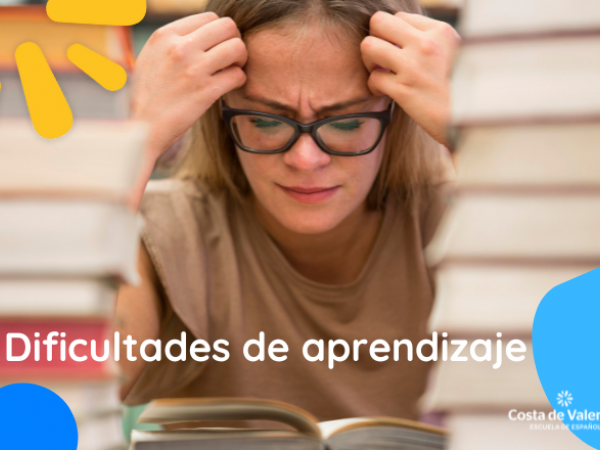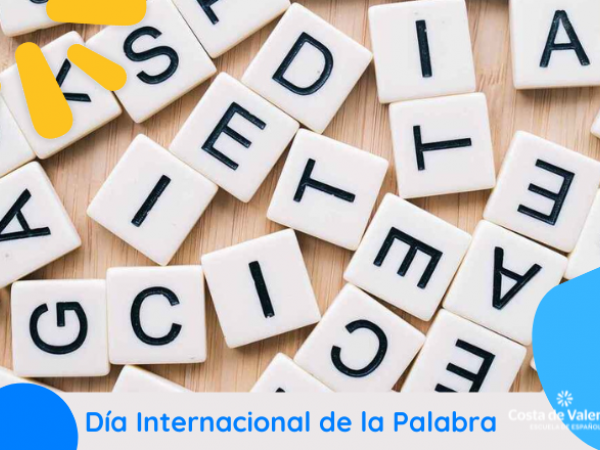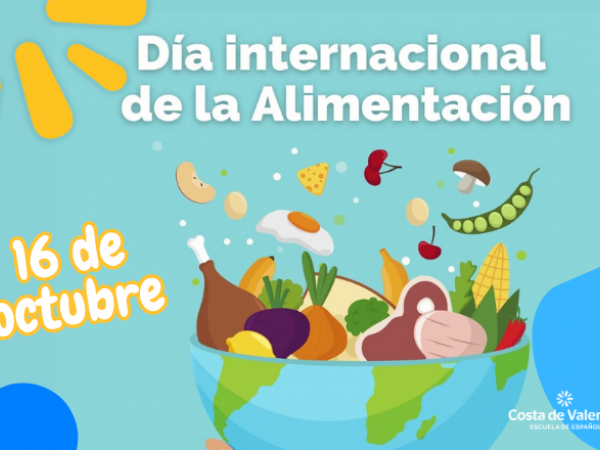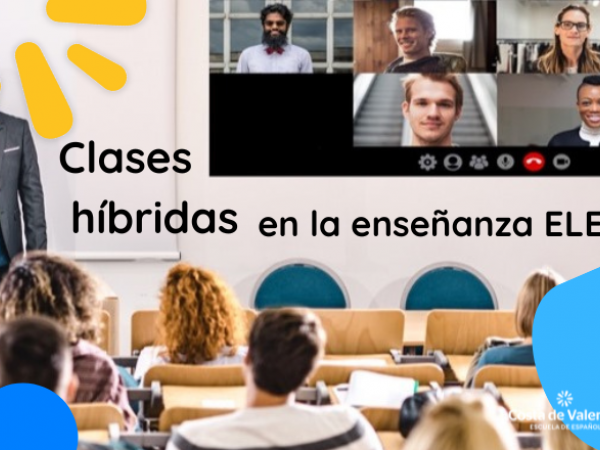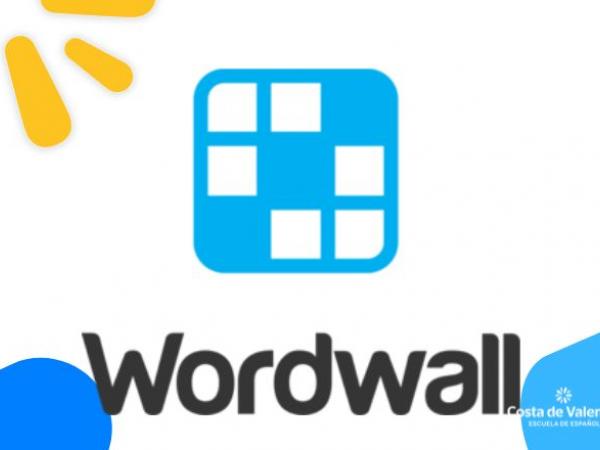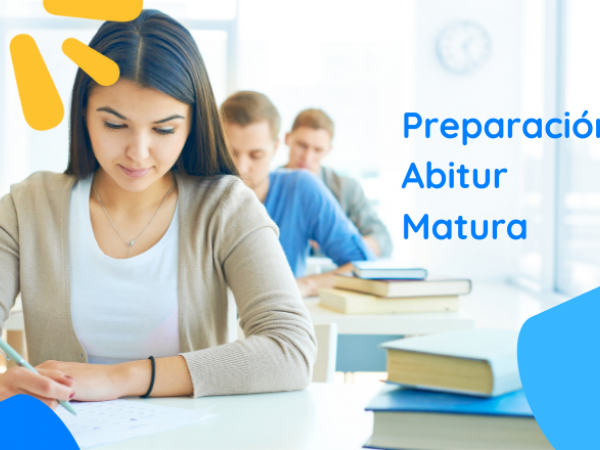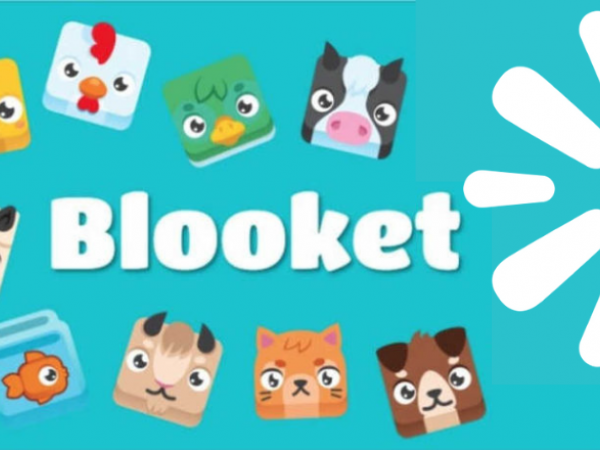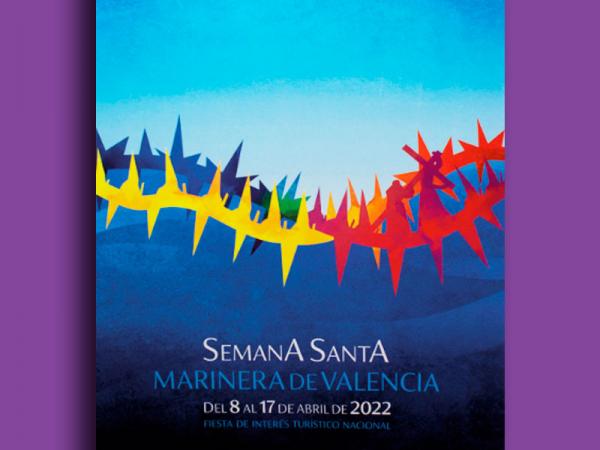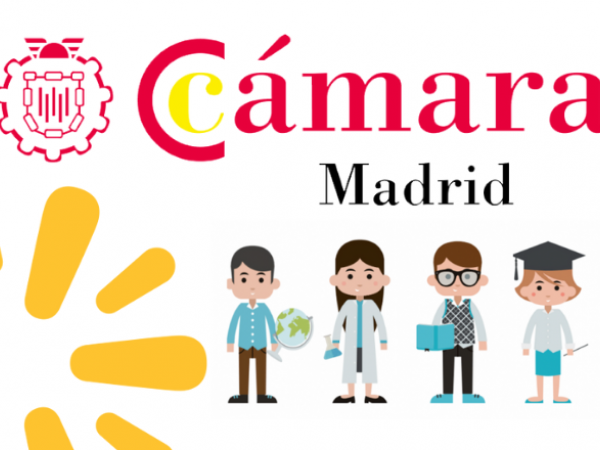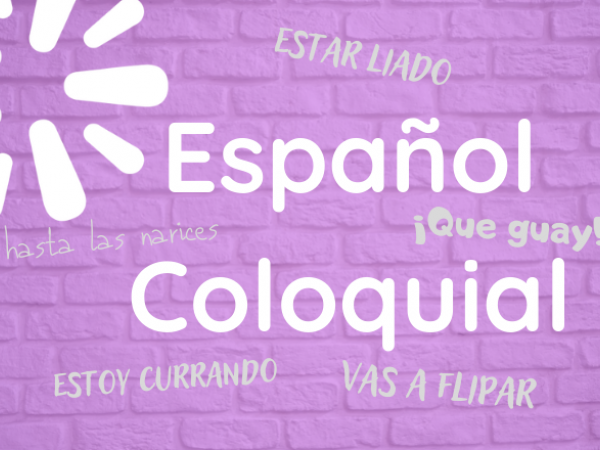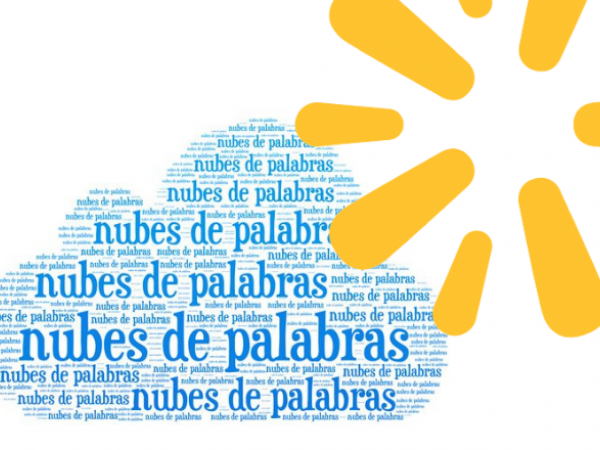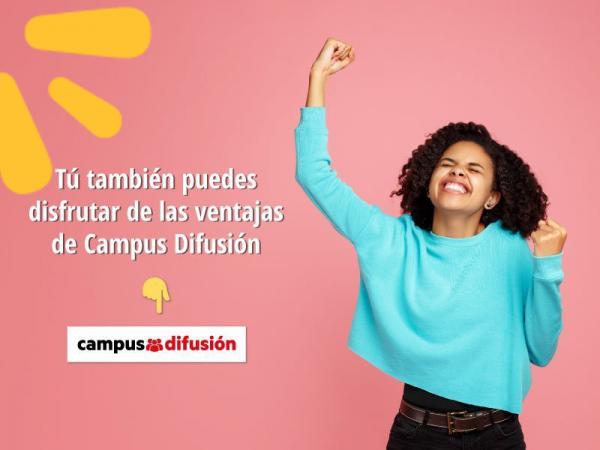How to work with large groups in a Spanish class?
How to work with large groups in a Spanish class?
Working with large groups in a Spanish class is a common challenge for our teachers, as it involves managing student diversity, participation and communication effectively.
One of the first things we do in our school is to identify the characteristics, needs and objectives of our students, so that we can adapt our contents, activities and methodologies to their level, interest and learning pace. For example, at the beginning, we use an initial level test and an interview. Later, in the classes, we use techniques such as observation, to get to know our students better, or evaluative tests.
It is also very important for us to plan our classes with a clear and coherent structure, including a presentation, a practice and a production of the linguistic and cultural contents we want to teach. We must also establish the evaluation criteria and instruments that we will use to measure the progress of our students.
Our teachers follow a myriad of strategies and propose a wide variety of activities to foster communication and collaboration among our students, both in the face-to-face and virtual modalities. Let's take a look at some of these strategies or activities:
The teachers of our school try to encourage the use of our language at any level, without being afraid of making mistakes or pronouncing them wrong. In this way, we create an atmosphere of trust and respect, where effort is valued and mistakes are corrected in a constructive way.
In addition, it is vital for us to propose interesting, useful and practical topics to our students. Therefore, we create and use our own materials but we also use authentic material such as videos, songs, news, etc. , that reflect the reality of the Spanish-speaking world.
It is also necessary not to abuse the individual activity and/or, if any, that is embedded in a couple or group work. It is important that these couples or groups are not always the same, to rotate them all. There are many techniques that allow students to interact, share and learn from each other. These are some examples we use in our classes: role-play, brainstorming, interviews, games, debates,. . .
The way the classroom furniture is organized also helps foster group work and create the dynamic environment we are talking about. It's good that students see each other's faces and don't stand behind each other like on a traditional exam. Explaining a concept in groups or presenting a project in front of the whole class is a good technique to create such an atmosphere within the “big group”.
Finally, highlight the importance of technological tools not only for teachers but also for students. For the former, it helps them to offer varied, dynamic and personalized content and activities, and for the latter, it makes it easier for them to access, motivate and be creative.



